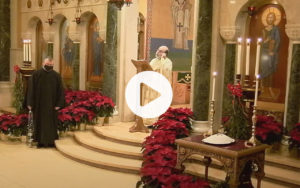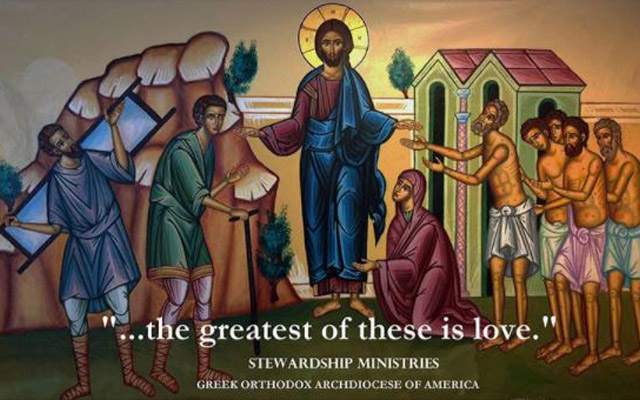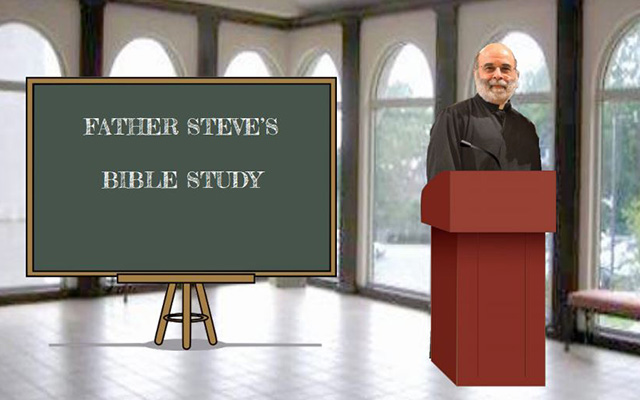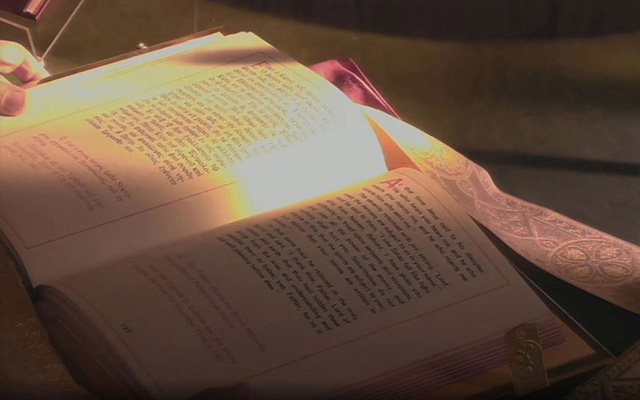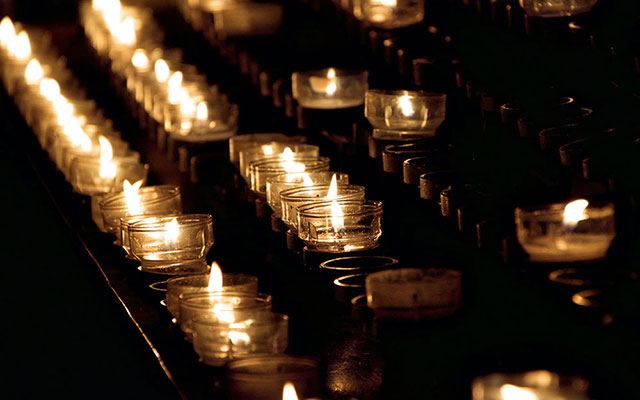Christos Anesti! Christ is Risen!
The body of Our Lord has been transfigured into a body of glory, and has been clothed in power and light. And the Lord rises from the dead, as a Bridegroom comes forth from the chamber. This was accomplished by the power of God, as also the General Resurrection will in the last day be accomplished by the power of God. And in the Resurrection the Incarnation is completed and consummated a victorious manifestation of Life within human nature, a grafting of immortality into the human composition.
The Resurrection of Christ was a victory not over His death only, but over death in general. “We celebrate the death of death, the downfall of Hades, and the beginning of a life new and everlasting” (Easter Canon 2nd canticle, 2nd troparion). In His resurrection the whole of humanity, all human nature, is co-resurrected with Him: “the human race is clothed in incorruption”. Co-resurrected — not indeed in the sense that all are actually raised from the grave: men do still die. But the hopelessness of dying is abolished: death is rendered powerless. St. Paul is quite emphatic on this point. “But if there be no resurrection of the dead, then is Christ not risen… For if the dead rise not, then is not Christ risen” (I Cor. XV: 13, 16). St. Paul obviously meant to say that the Resurrection of Christ would become meaningless if it were not a universal accomplishment, if the whole Body were not implicitly “pre–resurrected” with the Head. And faith in Christ itself would lose any sense and become empty and vain: there would be nothing to believe in. “And if Christ be not risen, your faith is vain” (v. 17).
Apart from the hope of the General Resurrection, belief in Christ itself would be vain and to no purpose; it would only be vainglory. “But now is Christ risen”… and herein lies the victory of Life. “It is true, we still die as before, says St. John Chrysostom, but we do not remain in death; and this is not to die… The power and very reality of death is just this, that a dead man has no possibility of returning to life… But if after death he is to be quickened and moreover to be given a better life, then this is no longer death, but a falling asleep” (In Hebrews, hom. XVII, 2). The same conception is found in St. Athanasius. The “condemnation of death” is abolished. “Corruption ceasing and being put away by the grace of Resurrection, we are henceforth dissolved for a time only, according to our bodies’ mortal nature; like seeds cast into the earth, we do not perish, but sown in the earth we shall rise again, death being brought to nought by the grace of the Saviour” (De Incarnatione, 21). All will rise. From henceforth every disembodiment is but temporary. The dark vale of Hades is abolished by the power of the life–giving Cross.
St. Gregory of Nyssa strongly stresses time organic interdependence of the Cross and the Resurrection. He makes two points especially: the unity of the Divine Hypostasis, in which the soul and body of Christ are linked together even in their mortal separation and the utter sinlessness of Christ. And then he proceeds: “When our nature following its proper course, had even in Him been advanced to the separation of soul and body, He knitted together again the disconnected elements, cementing them together, as it were, with a cement of His Divine power, and recombining what was severed in a union never to be broken. And this is the Resurrection, namely the return, after they have been dissolved, of those elements that have been before linked together, into an indissoluble union through a mutual incorporation; in order that thus the primal grace which invested humanity might be recalled, and we restored to the everlasting life, when the vice that has been mixed up with our kind has evaporated through our dissolution… For as the principle of death took its rise in one person and passed on in succession through the whole of human kind, in like manner the principle of the Resurrection extends from one person to the whole of humanity… For when, in that concrete humanity which He had taken to Himself, the soul after the dissolution returned to the body, then this uniting of the several portions passes, as by a new principle, in equal force upon the whole human race. This then is the mystery of God’s plan with regard to His death and His resurrection from the dead” (Orat. cat. 16).
In other words, Christ’s resurrection is a restoration of the fullness and wholeness of human existence, a re–creation of the whole human race, a “new creation”. St. Gregory follows here faithfully in the steps of St. Paul. There is the same contrast and parallelism of the two Adams.
The General Resurrection is the consummation of the Resurrection of Our Lord, the consummation of His victory over death and corruption. And beyond the historical time there will be the future Kingdom, “the life of the age to come”. Then, at the close, for the whole creation the “Blessed Sabbath”, the very “day of rest”, will be inaugurated forever. The expected is as yet inconceivable. But the pledge is given. Christ is risen!
~Adapted from, The Gospel of Resurrection (I Cor. XV), by Father Georges Florovsky, published by The Student Christian Association of Greece, Athens, 1951, http://www.fatheralexander.org/booklets/english/gospel_resurrection_florovsky.htm.


